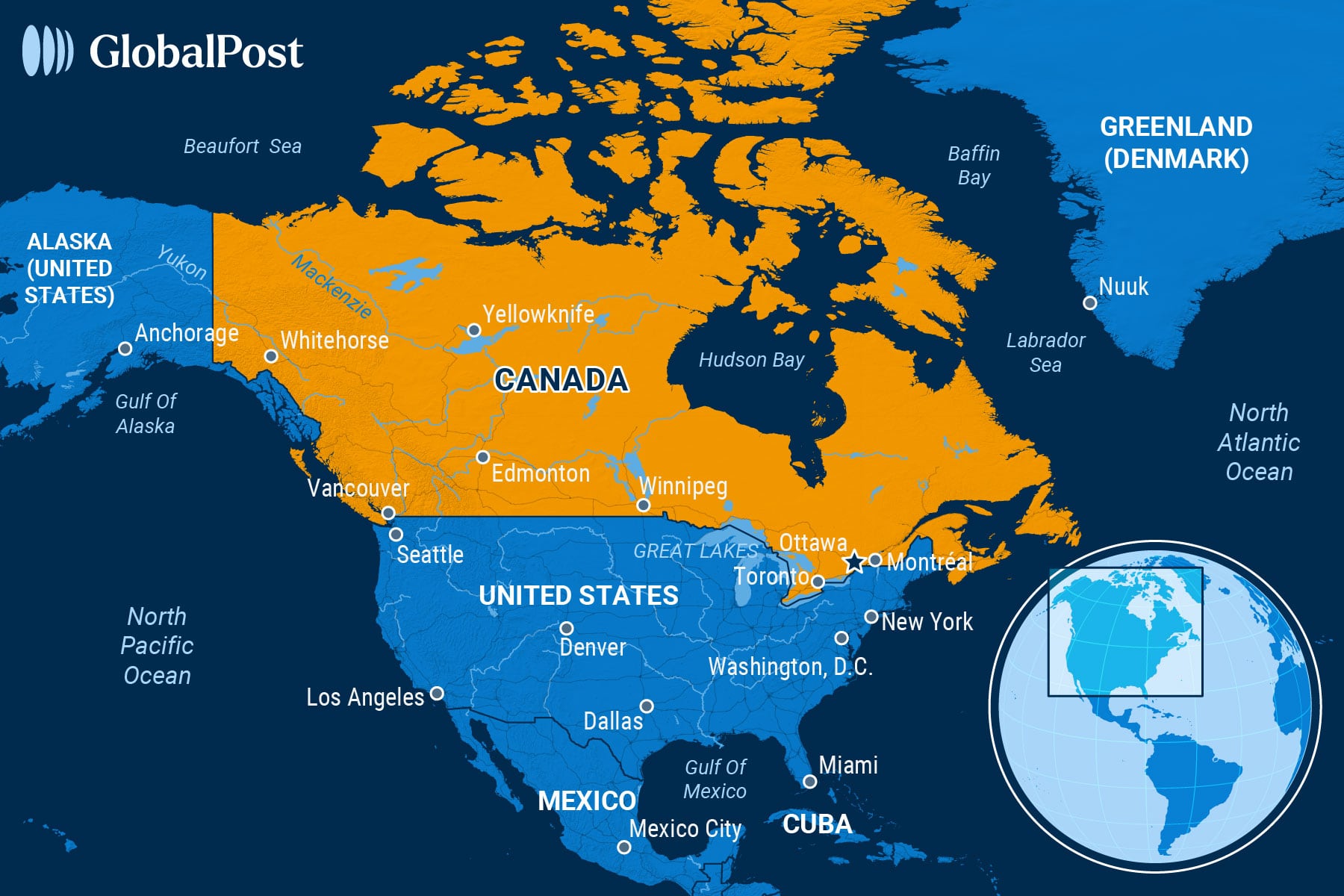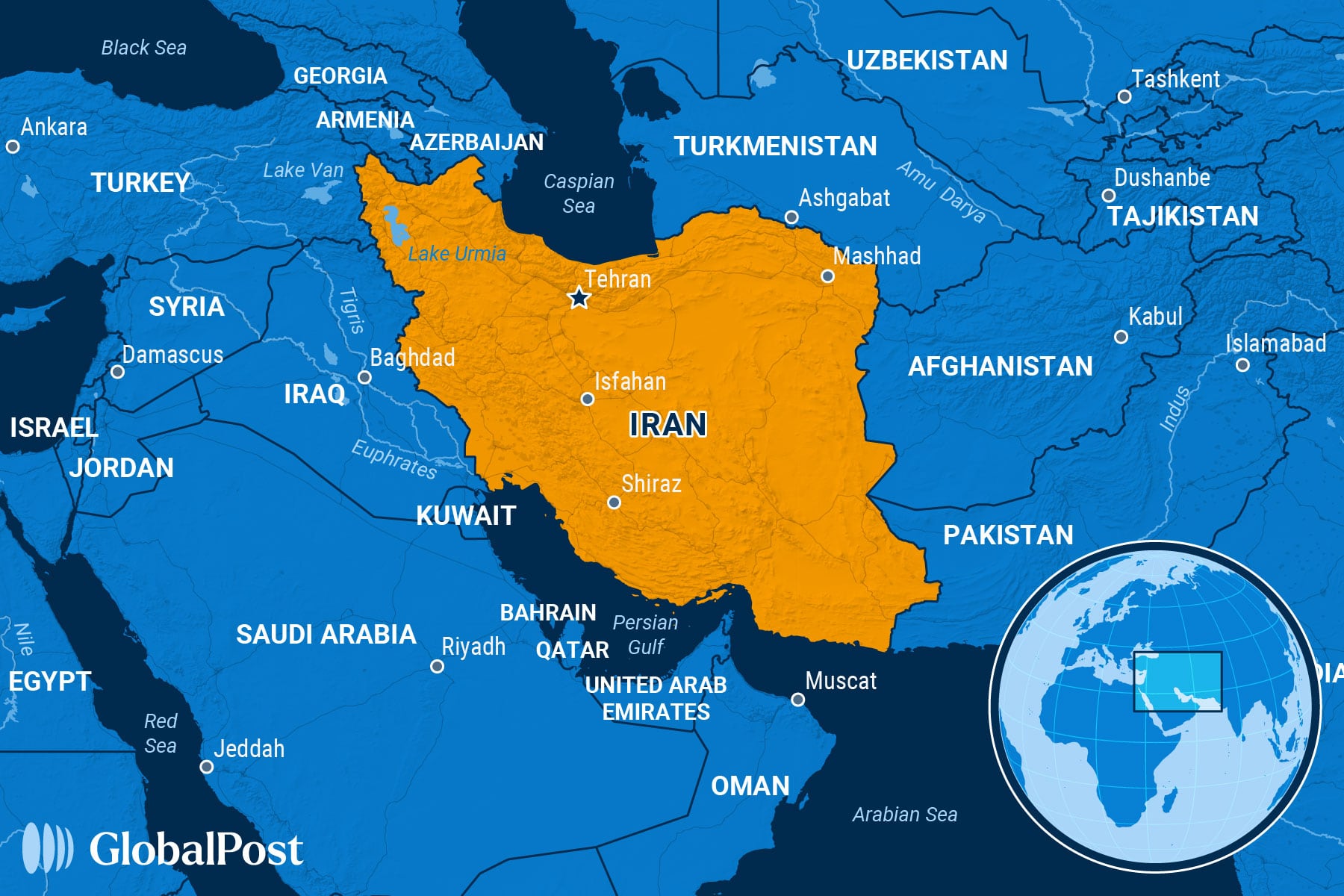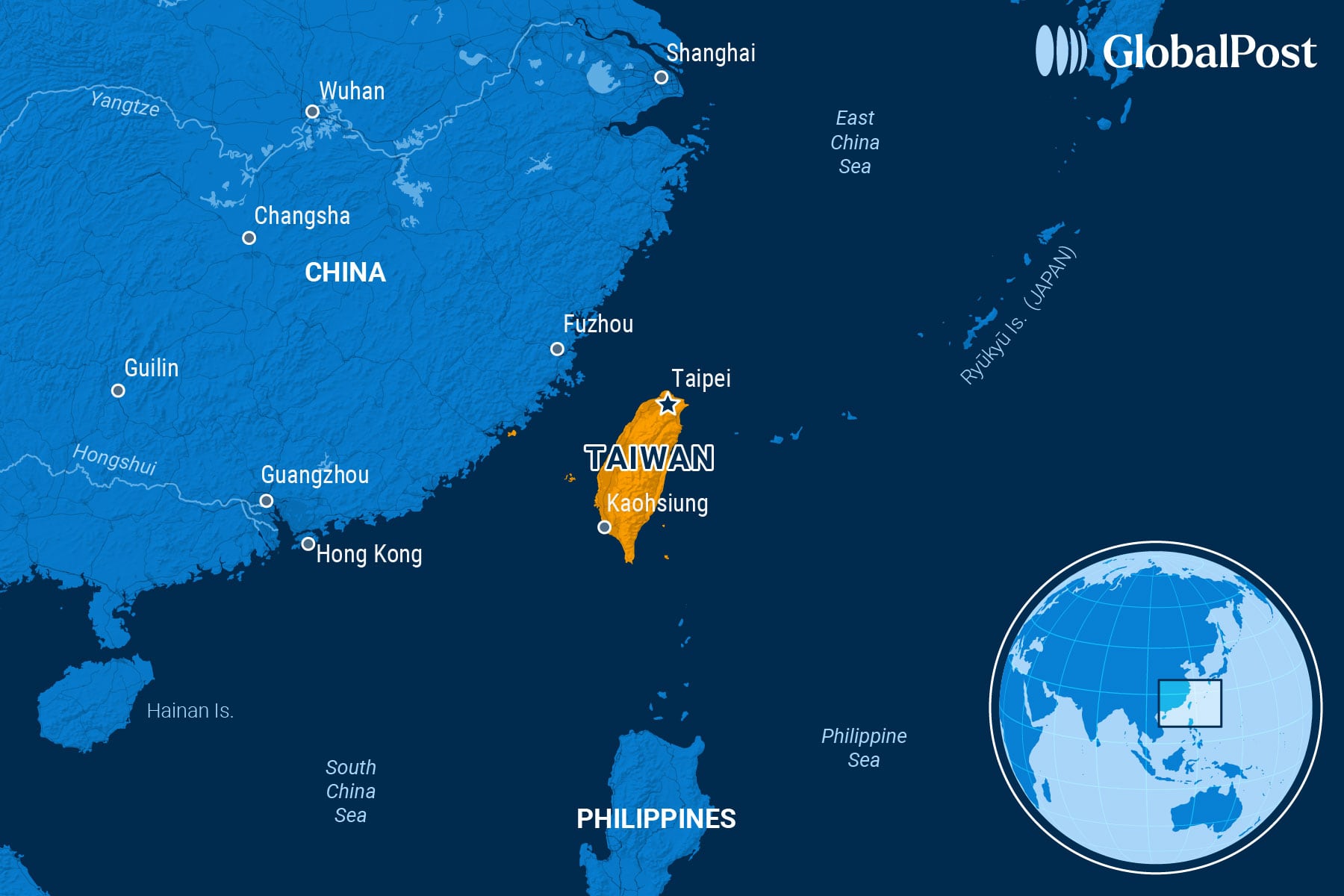Looking for Captain Canuck: Canadians Rush To Vote, Seeking Superhero Rescue
NEED TO KNOW
Looking for Captain Canuck: Canadians Rush To Vote, Seeking Superhero Rescue
CANADA

Canadian elections are often marked with a shrug and a sense of ennui. But in this election, voters can’t get to the polls fast enough.
On April 18, 2 million Canadians turned up for the first day of advance voting, waiting in long lines for hours in often freezing temperatures to choose their next government.
It was a record turnout, up by 36 percent over the last election’s first day of advance voting, said election officials. The rush to vote in advance of election day, April 28, is because voters say that this is a vital election for Canada.
“I’ve never had to wait for very long, normally,” James Knight, who was waiting to vote in the capital of Ottawa, told the Canadian Broadcasting Commission, adding the long wait was due to people’s enthusiasm to cast their ballots. “(Voters are) tuned in to the election. It’s a big deal for Canada, what’s going on. So I think they may have decided to turn out early.”
From Vancouver to Montreal, Canadians came out in droves to vote early, not because of the housing crisis, inflation, immigration, or even who is on the ballot, but because of who isn’t – US President Donald Trump. Canadians say he has initiated a devastating trade war with their country of about 41 million, imperiling its economic security, while also making statements about annexing Canada and turning it into the US’ 51st state, threatening its sovereignty.
The outrage over his words and deeds have even translated into a resurgence of a decades-old, maple-leaf clad superhero, Captain Canuck – “Canuck” is term used to refer to Canadians. A new release marking the comic’s 50th anniversary shows the former Canadian Mountie fighting a new nemesis, the US president, to defend Canada.
Observers say that the US threat makes this election unique, with an almost existential quality.
“Trump’s intervention into the existence of Canada has really traumatized the country,” former prime minister Jean Chrétien, 91, told Canada’s Globe and Mail in an interview. “And Canadians are deciding which of the two main parties can best represent our interests and make sure we remain a completely independent country.”
The election was set after Liberal Party leader and Prime Minister Justin Trudeau, who had been in office for a decade, lost the confidence of the nation and stepped down in early January. His successor, Mark Carney, a former Central Banker in Canada and the UK, has been talking tough since he took over the office on March 14. Ten days later, he announced new elections to win a mandate.
That hasn’t given candidates much time to prepare.
On April 19, a day after early voting kicked off, most parties released their election platforms.
A few days before, four candidates faced off in a debate in Montreal: Carney, Pierre Poilievre of the Conservative Party, Bloc Québécois leader Yves-François Blanchet, and leader of the New Democratic Party, Jagmeet Singh.
Carney made his pitch to voters, with a focus on standing up to Trump.
“In a crisis, you got to plan for the worst, (and) the worst is that the US actually does want to take us over,” said Carney. “They want our land, they want our resources, they want our water, they want our country. And we’re all going to stand up against Donald Trump.”
Poilievre, a pugnacious populist who until January was a shoo-in for prime minister, made his focus Carney’s predecessor, Trudeau, and his record.
“How can we possibly believe that you are any different than the previous 10 years of Liberal government,” Poilievre asked Carney during the debate. “We need change. You do not embody change.”
Questions like that would have mattered before January, when the Liberal Party’s polling tanked. Now, however, they seem almost like an afterthought, say analysts.
Polls show that the Liberal Party, which had been trailing by almost 30 points in January until Carney took over, is poised to beat the Conservative Party.
That’s a remarkable ascent for a candidate like Carney, who has never run for political office. Analysts attribute his meteoric rise in Canadian politics to Trump, who has been a useful “foil.”
“I’ve never seen polls move like this in my 25 years of polling, I mean it’s incredible,” longtime pollster Andrew Enns of Leger, a research and polling firm, told CNN.
He noted how, within weeks of Carney taking over, the polls flipped, and he led by 7 points in Leger’s polling.
Currently, there is a small narrowing of that lead, but the election has already begun, which gives the Conservatives little time to campaign. However, many voters think Poilievre is too similar to Trump, and he has also been criticized by commentators for being too soft on the US president, Politico wrote.
Still, polls show that many Canadian voters want to focus on more than relations with the US, and want change. Analysts say the election isn’t over until it’s over.
“The past 10 years, things have not been looking so great, with housing and inflation,” Rizwan Ahmad, 27, of Calgary, who is voting for the Conservative Party, told Canada’s Global News. “Young people are feeling hopeless.”
Regardless, Canadians of all political persuasions reacted on social media to the rush to vote this time around, calling it a win for Canadian democracy.
Retired police officer Guy Service was voting in Whitby, Ontario, on April 18, hoping that voters would eject the Liberal Party. He told the Canadian Press agency that the atmosphere at the polls was encouraging.
“I saw a lot of people who were excited to vote for the first time,” he recounted. “And even people who didn’t agree with each other (when) we talked in line, you know, no one beat each other up.”
THE WORLD, BRIEFLY
Russia Confirms, Praises Presence Of North Korean Troops In Ukraine
UKRAINE

Russia over the weekend formally acknowledged the deployment of North Korean troops on the front lines in Ukraine, even as US President Donald Trump intensified efforts to broker a ceasefire while expressing fresh doubts about Russian President Vladimir Putin’s seriousness regarding a truce, NBC News reported.
On Saturday, Russian Chief of General Staff Valery Gerasimov confirmed the “liberation” of Kursk Oblast and praised the “significant assistance” provided by North Korean forces under a “comprehensive, strategic partnership” agreement between Moscow and Pyongyang.
Gerasimov highlighted the “fortitude and heroism” of North Korean soldiers in defeating Ukrainian troops and helping Russian forces reclaim control of the Kursk region.
However, Ukrainian officials disputed Russia’s claim, saying their forces remained active and had successfully resisted a complete encirclement, Politico noted.
In August, Ukrainian forces launched their offensive into the Russian region, seeking to pressure Moscow by forcing troop redeployments from the heavily contested Sumy and Donbas fronts in Ukraine.
Estimates from South Korean and Ukrainian officials suggested that as many as 11,000 North Korean troops have been deployed to western Russia. South Korean intelligence previously reported that North Korea had sent an additional 3,000 troops to Russia between January and February after sustaining heavy casualties.
North Korea, on Monday, called its soldiers fighting for Russia, “heroes,” reported the Guardian.
The acknowledgment of North Korea’s involvement comes as Trump and Ukrainian President Volodymyr Zelenskyy met briefly Saturday in Vatican City while attending the funeral of Pope Francis – their first in-person encounter since February’s heated White House meeting.
While both sides described the conversation as “very productive,” Trump later expressed skepticism over prospects for a near-term peace deal, the Associated Press added.
In a social media post, the US president said recent Russian missile strikes suggested “maybe (Putin) doesn’t want to stop the war,” despite earlier optimism that a ceasefire agreement was close.
Iranian Port Explosion Sparks Questions of Solid Rocket Fuel For Arms
IRAN

An explosion killed at least 40 people and injured more than 1,000 others over the weekend in Iran’s largest commercial port, in an incident authorities linked to improperly stored chemicals but which raised concerns about the possible presence of solid rocket fuel used in ballistic missiles, the BBC reported.
The explosion occurred Saturday morning at the southern port of Shahid Rajaee, near the city of Bandar Abbas. The blast blew out windows and roofs, as well as destroying cars. Residents in the area said they could feel the impact of the explosion up to 31 miles away.
Video footage showed a fire breaking out among shipping containers before a large explosion engulfed the area, producing orange-brown smoke.
Observers told CNN that such a color would indicate a chemical such as sodium or ammonia being involved.
Fires were still burning Sunday, but were reportedly 80 percent contained.
Iranian President Masoud Pezeshkian expressed “deep regret and sympathy” for the victims and traveled to Bandar Abbas on Sunday afternoon to lead an investigation and oversee relief efforts.
Officials have not officially confirmed the exact cause of the explosion, but said it involved hazardous and chemical materials stored improperly at the port’s container areas.
However, maritime consultancy Ambrey Intelligence reported that the affected containers may have held solid rocket fuel, including sodium perchlorate, a chemical component of ballistic missile propellant.
Ambrey cited a March 2025 shipment of sodium perchlorate unloaded at Shahid Rajaee port by an Iran-flagged vessel, while CNN previously reported that the Golbon, a Chinese vessel, had delivered 1,000 tons of the chemical in February.
Iranian authorities have denied that any military material was stored at the port. They did not suggest the explosion occurred because of an attack.
The port explosion came as Iran and the United States met Saturday in the latest round of negotiations over Tehran’s nuclear program. The high-level talks are the first since the Trump administration withdrew from the 2015 nuclear agreement in the US president’s first term.
The current Oman-mediated negotiations are aimed at reaching an agreement that would prevent Iran from obtaining nuclear weapons while offering some sanctions relief.
Negotiators on both sides have reported progress but indicated that substantial differences remain, with further talks expected to continue next week.
Opposition-led Protests Grip Taiwan, Calling President a ‘Dictator’
TAIWAN

Tens of thousands of opposition protesters took to the streets of Taiwan’s capital over the weekend against President Lai Ching-te, accusing his administration of authoritarianism amid rising political tensions over a recall campaign targeting opposition lawmakers, the South China Morning Post reported.
On Saturday, protesters waving the country’s flags and banners marched in front of the president’s office in Taipei, voicing frustration with Lai’s administration.
The opposition Kuomintang (KMT) party claimed more than 200,000 people attended, while police estimated the crowd at around 60,000.
KMT leaders accused the president of being a “dictator” who was attempting to “eliminate opposition parties,” adding that he hasn’t done “anything but fight” since taking office a year ago.
The opposition said Saturday’s demonstrations were “just the beginning,” hinting at further rallies.
The protest came amid rising political tensions on the island as the ruling Democratic Progressive Party (DPP) – in power since 2016 – has supported a campaign that threatens to recall 34 KMT lawmakers.
Under Taiwan’s electoral rules, recall initiatives require signatures from one percent of eligible voters to begin the process and 10 percent to force a vote, according to Turkey’s state-affiliated Anadolu Agency. In Taiwan, analysts say it has often been wielded in the service of “partisan revenge politics.”
Opposition parties – despite controlling the legislature – condemned the campaign as a politically motivated attack on election results, while government supporters framed it as a lawful democratic mechanism.
On Sunday, Lai addressed Saturday’s demonstrations, saying the rally showed Taiwan’s democratic vibrancy, Taipei Times noted.
However, he urged opposition leaders to confront “real dictatorships” in Beijing instead of undermining Taiwan’s democratic institutions. He added that Taiwanese of all parties should unite to defend the nation’s sovereignty and democratic values against threats from China.
DISCOVERIES
Doped Swimmers
Juvenile salmon in central Sweden are making faster progress toward the sea, thanks to a little assistance: A dose of human anti-anxiety medication.
In a new study, researchers found that clobazam – a sedative used to treat insomnia – has altered the fish’s behavior, making them bolder and more independent during their migration.
“This study is unique because it investigates the effects of these contaminants on wildlife directly in the field,” explained co-author Marcus Michelangeli in a statement, “(It’s) allowing us to better understand how exposure impacts wildlife behavior and migration in a natural context.”
Michelangeli and his colleagues implanted 279 juvenile Atlantic salmon with slow-release capsules containing clobazam, the opioid tramadol, both, or a placebo. They tagged the fish with acoustic transmitters and tracked their movements along a 17.5-mile stretch of the Dal River. This route included a large reservoir, two hydropower dams, and ended at the Baltic Sea.
The fish doped on clobazam moved through the dams up to three times faster than the others and were less likely to linger or wait for other salmon. But that didn’t necessarily mean they fared better in the long run.
“They were just sort of beelining it through the dams,” lead author Jack Brand told the Washington Post.
While the drugs pushed the salmon to be braver and complete their trips faster, researchers cautioned that separating from the group could expose them to predators or other unknown risks.
They also warned that deviation from any natural behavior could spell trouble for the fish and cause ripple effects across the ecosystem.
The study highlighted the growing impact of pharmaceutical pollution on wildlife.
Trace levels of drugs, including antidepressants, sedatives, and painkillers, are now found in waterways around the world, often slipping through wastewater treatment facilities.
In 2021, scientists discovered that brown trout got hooked – and developed withdrawal symptoms – from being exposed to the illegal methamphetamines found in sewage and wastewater.
Brand’s team is now planning to analyze the effect of illegal narcotics, such as cocaine, on fish behavior, while emphasizing the need to raise awareness of the impact of pharmaceutical and chemical pollution on wildlife.
“Pharmaceutical pollution is this sort of invisible agent of global change,” Brand told the Post.
